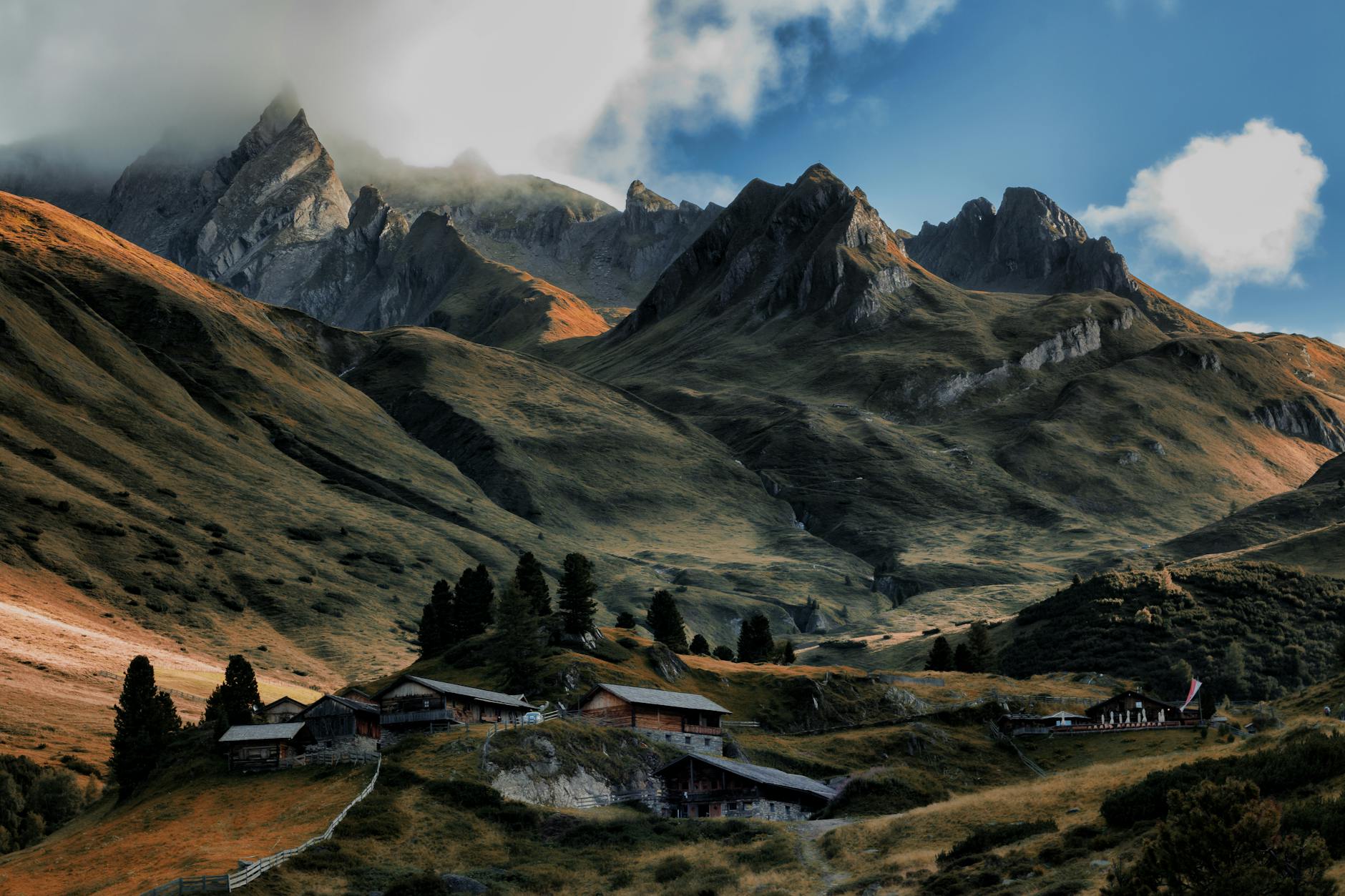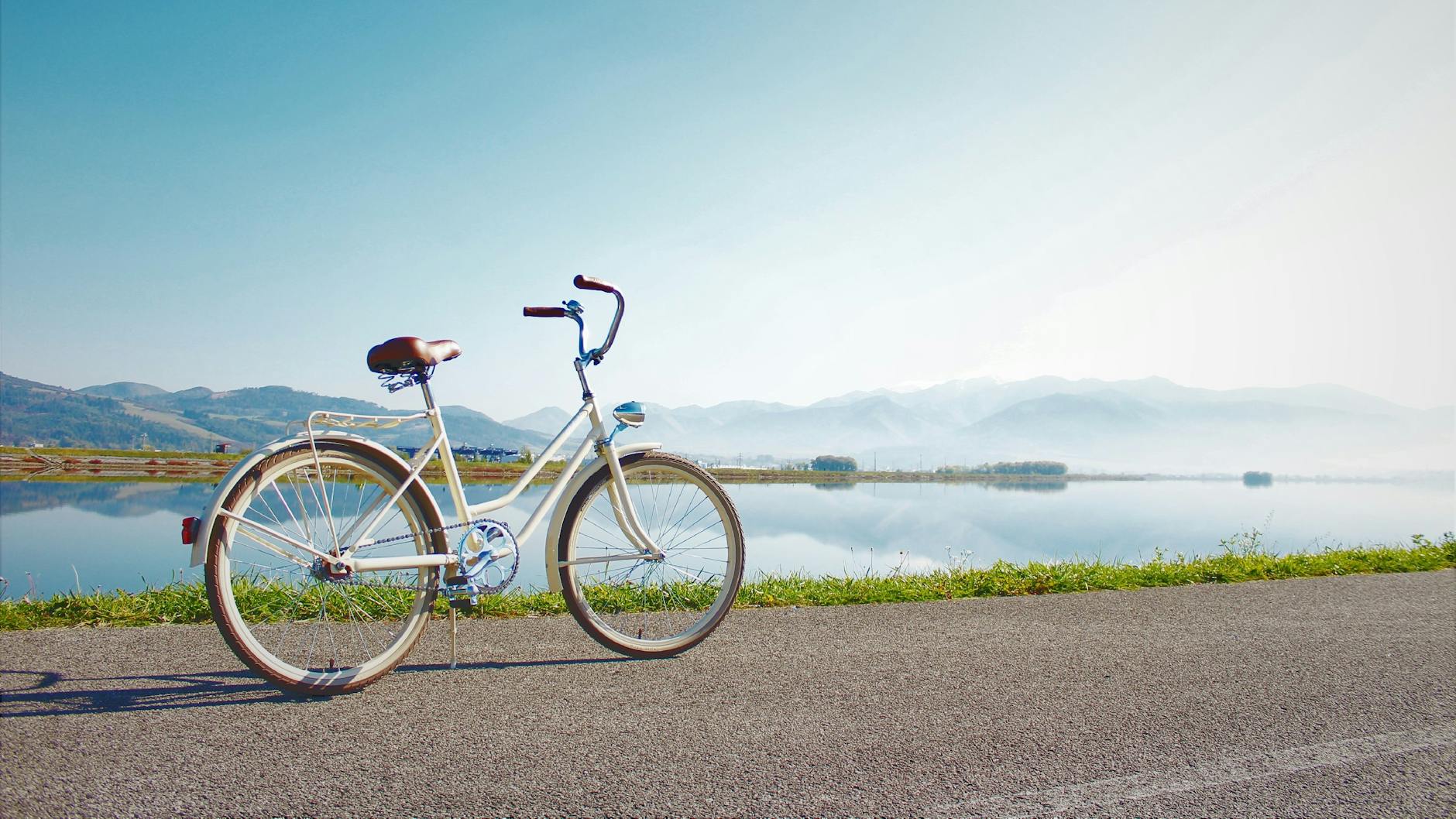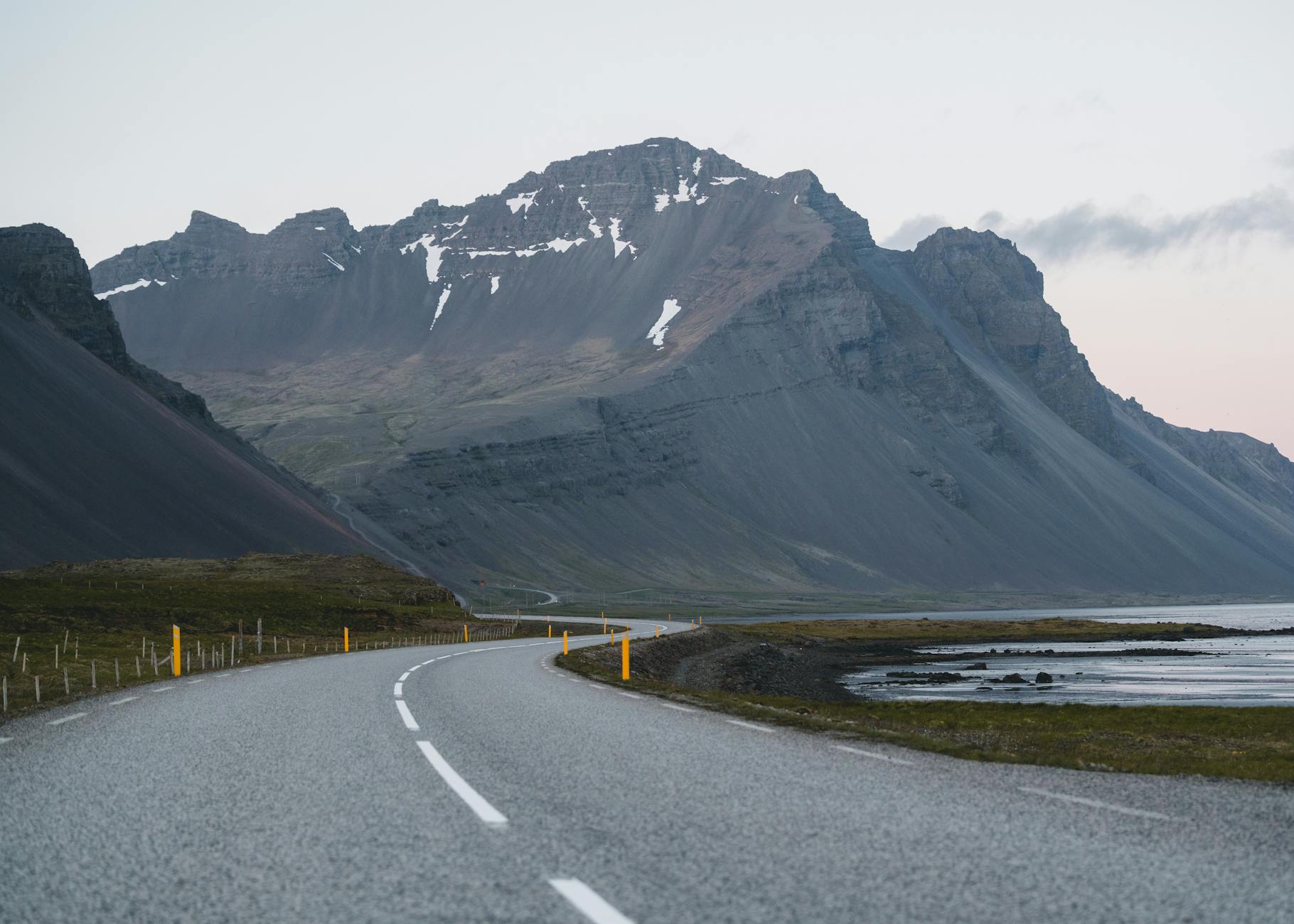How to Discover the World's Natural Wonders from an Australian Perspective

Embracing Natural Wonders
Australia's rich tapestry of ecosystems provides a profound backdrop for exploring nature's marvels. For those of us who relish eco-friendly travel, like a serene stroll through the Royal Botanic Gardens Victoria, the allure of Africa's grand landscapes beckons. Venturing on a victoria falls safari offers not only a glimpse into a geological wonder but a broader understanding of the conservation efforts necessary to protect such sanctuaries.
Alongside these experiences, Kenya tours present an opportunity to immerse oneself in habitats teeming with diverse wildlife. Witnessing the Great Migration or observing the intricate social structures within elephant families can ignite inspiration and purpose for any environmental enthusiast. These moments in nature can powerfully illustrate the impact of environmental preservation and encourage everyone to advocate for sustainable practices in their fields.
In Uganda, the chance to engage in gorilla trekking uganda strikes a chord with any traveller eager to witness these majestic creatures in their natural habitat. The trek itself is a journey through lush forests, offering both challenges and unparalleled rewards, as one embraces the urgency of conserving these critical ecosystems. Walking in the footsteps of these gentle giants underscores the harmony required between humans and nature.
Engaging with such intact ecosystems not only satisfies a yearning for adventure but also deepens an understanding of global biodiversity. By focusing on eco-friendly travel experiences, we reinforce our commitment to protecting the planet for generations to come.
Planning the Journey
Researching Ideal Locations
When planning my journey to capture the world's natural beauty, I often start by researching destinations known for their biodiversity and ecological significance. Whether it's embarking on tanzania tours to photograph the Big Five or seeking tailormade south america trips for diverse ecosystems, each location offers unique opportunities to align with my passion for environmental preservation. Selecting the right place can make a significant difference, particularly for a wildlife photographer aiming to document rare species and habitats.
Understanding Weather Patterns
Weather is a crucial factor that influences the success of any expedition. By studying weather trends and patterns, I can predict the best times to visit a location and ensure optimal conditions for photography. For instance, knowing when to expect the rainfall in tropical regions or the dry season in savannas can enhance my ability to plan sustainable travel. These insights allow me to focus on eco-friendly travel, similar to what I've experienced at Melbourne Zoo’s conservation exhibits, ensuring that my trips are both rewarding and sustainable.
Preparing Essential Gear
Equipping myself with the necessary gear is vital to overcoming the unpredictable challenges of travel photography. This includes selecting versatile lenses, durable camera bags, and portable power solutions. Beyond photography equipment, I also pack eco-friendly essentials like reusable water bottles and biodegradable toiletries to minimize my environmental footprint. Being well-prepared enables me to capture breathtaking shots with minimal disruption to the natural environments I cherish and want to protect.
Overcoming Challenges
Navigating Permit Processes
Securing the necessary permits for excursions such as gorilla trekking Rwanda can be daunting yet crucial in ensuring the legal and ethical integrity of your expedition. The process may involve communicating with local wildlife authorities, filling out detailed application forms, and preparing documentation. Scheduling this well in advance is key, especially when planning trips through conservation-centred services like tailormade Africa. With patience and diligence, you’ll navigate the process smoothly, ultimately supporting the protection of these remarkable creatures.
Adapting to Unpredictable Conditions
Dealing with unpredictable weather requires preparation and adaptability, a familiar scenario for anyone passionate about capturing compelling wildlife stories. Evaluate local and seasonal weather patterns before your trip, employing tools like rain sleeves and camera housings for protection. Contributing to sustainability, pack reusable items and eco-friendly supplies, drawing inspiration from the resilience initiatives seen at the Melbourne Zoo’s conservation exhibits. These strategies ensure you’re prepared to capture awe-inspiring moments, irrespective of the elements.
Ensuring Safety in Remote Areas
Venturing into remote and wild locations demands careful attention to safety measures. Start by researching the terrain and plotting routes with geographic accuracy. Consider technologies like GPS devices and emergency communication tools, alongside comprehensive knowledge of first aid. A collaboration with local experts can provide essential insights into potential risks and best practices. In the spirit of the sustainability-focused attractions at CERES Community Environment Park, adopt eco-friendly choices while travelling to contribute positively to the preservation of these unique environments.
Techniques for Breathtaking Shots
Capturing the essence of unique ecosystems involves a keen understanding of natural light and shadows. By utilising the right techniques, you can highlight the beauty of diverse settings, whether you're picturing the sweeping landscapes of a Namibia safari or the stark beauty of polar expeditions. The nuances in light can enhance textures and bring dramatic elements into your shots. Taking inspiration from Melbourne’s captivating conservation projects such as those found at the Royal Botanic Gardens Victoria can provide a resourceful blueprint for planning your visual storytelling.
Mastering Light and Shadow
Lighting is critical when bringing depth and personality to wildlife photography. Shooting during the golden hour, which is shortly after sunrise or before sunset, adds warmth and contrast to your images. In contrast, the midday sun in regions like Namibia provides unique shadow patterns that can give your photos an artistic edge. Understanding how to adapt your camera settings for these varying light conditions is essential.
Perfecting Composition Techniques
Effective composition brings structure and focus to your images. Rule of thirds, leading lines, and framing are techniques that help organise elements within the frame, directing viewers' eyes to the subject. In Namibia’s expansive terrains or during polar adventures, using these techniques will ensure your images are well-balanced and emotionally impactful.
Incorporating Local Wildlife
Capturing wildlife in their native habitats adds authenticity and life to your photography. It's essential to approach wildlife with patience, respecting their space while observing them in a natural routine. This practice mirrors sustainable travel habits seen in exhibits like those at Melbourne Zoo’s conservation efforts, showcasing ethical ways to coexist with nature while documenting its splendour.


